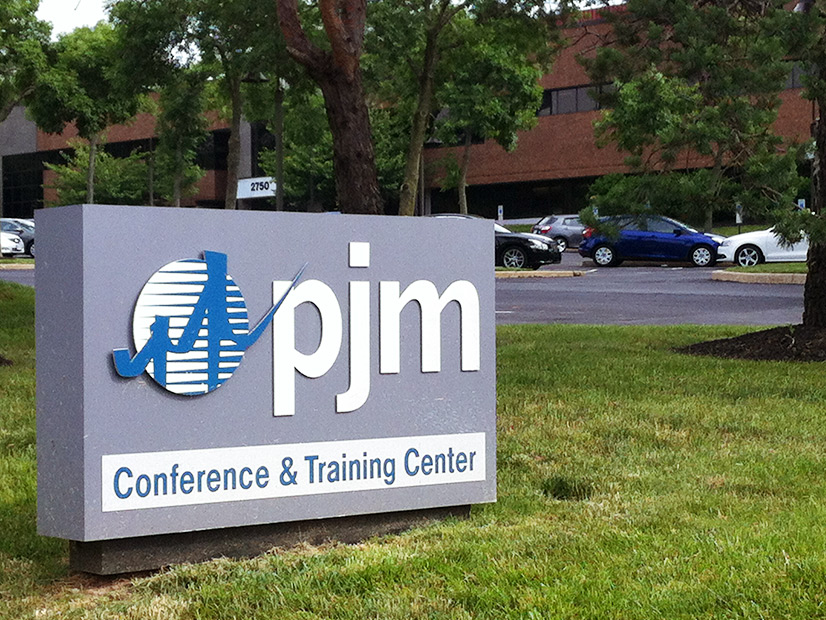FERC on Thursday ruled that PJM is within its rights to refuse lost-opportunity cost payments to generators that must rein in output to avoid damage to themselves and keep the system stable.
The commission accepted PJM’s clarifying changes to its tariff effective June 1 over protests from PJM Power Providers Group. The edits specify that the RTO doesn’t need to compensate generators for temporary restrictions on output to prevent loss of synchronization and further system strain during transmission outages (ER21-1802).
PJM said some generators’ expectation of lost-opportunity cost payments for maintaining stability limits is a “mistaken interpretation.”
The RTO’s tariff makes lost-opportunity cost payments when a generator’s output is “reduced or suspended … at the request of the Office of the Interconnection due to a transmission constraint or other reliability issue.” PJM conceded that the “other reliability issue” language is vague and could be misconstrued by generation operators to expect payment for honoring system stability limits.
The grid operator filed the revisions in late April with its Independent Market Monitor’s support. The RTO said paying lost-opportunity costs for “output limitations associated with stability limits is unnecessary because generators are already incentivized to operate within those limits.”
PJM explained that if generators don’t abide by generator stability limits, they risk damage to their own equipment. It said lost-opportunity costs are intended to motivate generators to forgo market revenues and voluntarily follow dispatch instructions when the transmission system is at risk.
The IMM agreed that “violating the stability limit is not rational behavior for the generator” and contended that generators have no lost opportunity to recoup.
The PJM Power Providers Group argued that the RTO’s edits “confiscate compensation owed to the generator for providing the reliability service of mitigating stability limits, while continuing to pay other generators for reducing output to provide reliability services” to protect the bulk electric system. The group said PJM’s distinction was discriminatory and preferential and said the grid operator offered “no compelling reason for the unique treatment of generators following PJM reliability directives to honor a stability limit.”
FERC said that generators “do not experience a lost opportunity when PJM directs them to back down due to a stability limit on the transmission system.”
“We agree with PJM that generators are already sufficiently incentivized to operate within stability limits in order to avoid any potential physical harm to their resource, and therefore … payments are unnecessary,” the commission said. “Violating a stability limit to achieve higher energy market revenues, at the risk of damaging the generating equipment, is neither rational nor economic behavior.”
FERC agreed with PJM that its status as a NERC reliability coordinator obligate it to “prevent or mitigate damage to generating facilities” by establishing and enforcing stability limits. It added that the RTO is justified in treating different types of system limitations differently.




